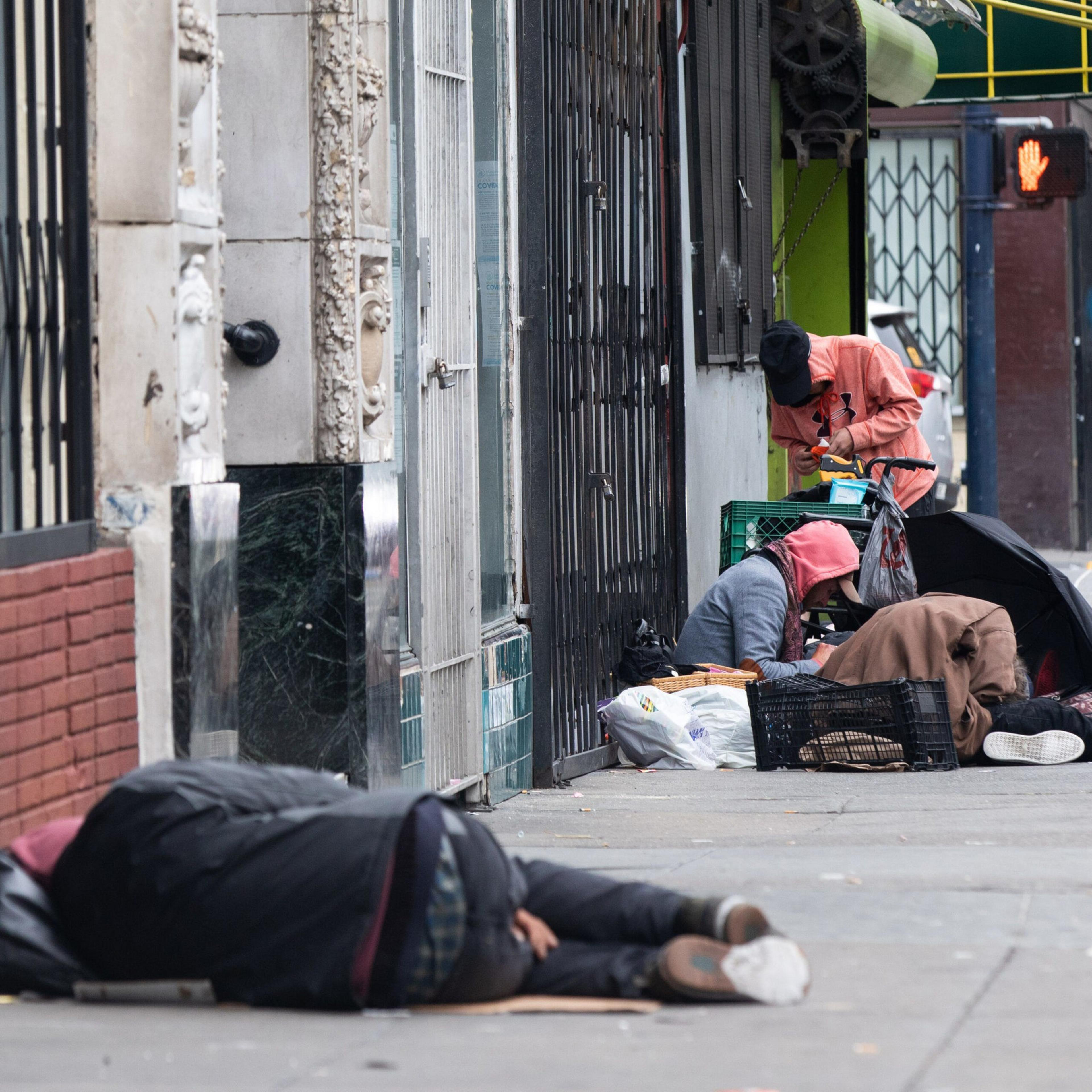San Francisco health officials called for expanded treatment options after recording another deadly month for drug overdoses in July, when 71 people died, according to a report released Tuesday from the San Francisco Chief Medical Examiner’s Office.
Sixty-two of the 71 deaths were attributed to fentanyl, according to the report. In total, there have been 473 overdose deaths so far in 2023.
Following January’s 83 overdose deaths in San Francisco, 52 people died from overdoses in the city in February, 68 in March, 72 in April and 78 in May.
The alarming statistics continued through the summer months, with 54 in June and last month’s 71, prompting a press conference Tuesday from the San Francisco Department of Public Health.
Dr. Grant Colfax fought back tears while relaying the latest numbers to reporters at the presser.
“It pains me to share that this is the highest overdose deaths San Francisco has experienced,” he said of the 2023 figures to date, “and it correlates to this overtaking of fentanyl in our drug supply.”
According to Coflax, overdose deaths attributed to fentanyl have grown astonishingly in the past five years.
“In 2020, we had 725 overdose deaths, and at that time, 519 were attributed to fentanyl,” he said. “Here we are in 2023; fentanyl has become cheaper, more potent and available. [There have been] 473 deaths in seven months, 325 attributed to fentanyl.”

The department, he said, is focusing resources on expanding access to treatment and “flooding” areas with naloxone—a medicine that is used to reverse opioid overdoses—known as Narcan.
Dr. Hillary Kunins, director of behavioral health services for the department, called the recent figures unacceptable and emphasized that overdoses are preventable.
READ MORE: Drug Overdoses: San Francisco Marks Worst Weekend Since Fentanyl Crisis Began
“We need to continue to take a number of steps,” Kunins said. “We need to continue to increase access to the vital medications that help people decrease craving for opioids to reduce their risk of overdose and put them on a path to recovery.”
In addition to naloxone, Kunins pointed to methadone and buprenorphine as increasingly useful options to help fight overdoses.
Recently, drug arrests have ramped up across the city, while proposed wellness hubs offering safe consumption have been a point of political contention, with the program’s status up in the air.

Kunins pushed back on the idea of forced treatment, saying that the method is not the most effective and has mixed results—sometimes increasing the risk of a person potentially overdosing.
“There are particular moments where it could be appropriate, but what we do know is that when we compel people into care without fully engaging them, the risk of overdose paradoxically goes up,” she said. “They’re tolerance goes down and a relapse can be deadly.”
When asked if the Department of Public Health had a position on increasing law enforcement’s arrest of drug users and dealers due to the availability of fentanyl, a department spokesperson declined to comment.
Correction: This story has been updated to reflect that July was among the deadliest months for drug overdoses, but not the deadliest.
